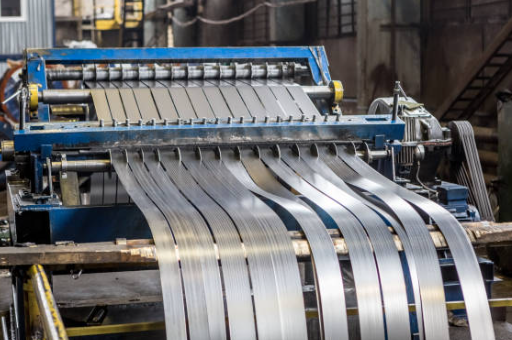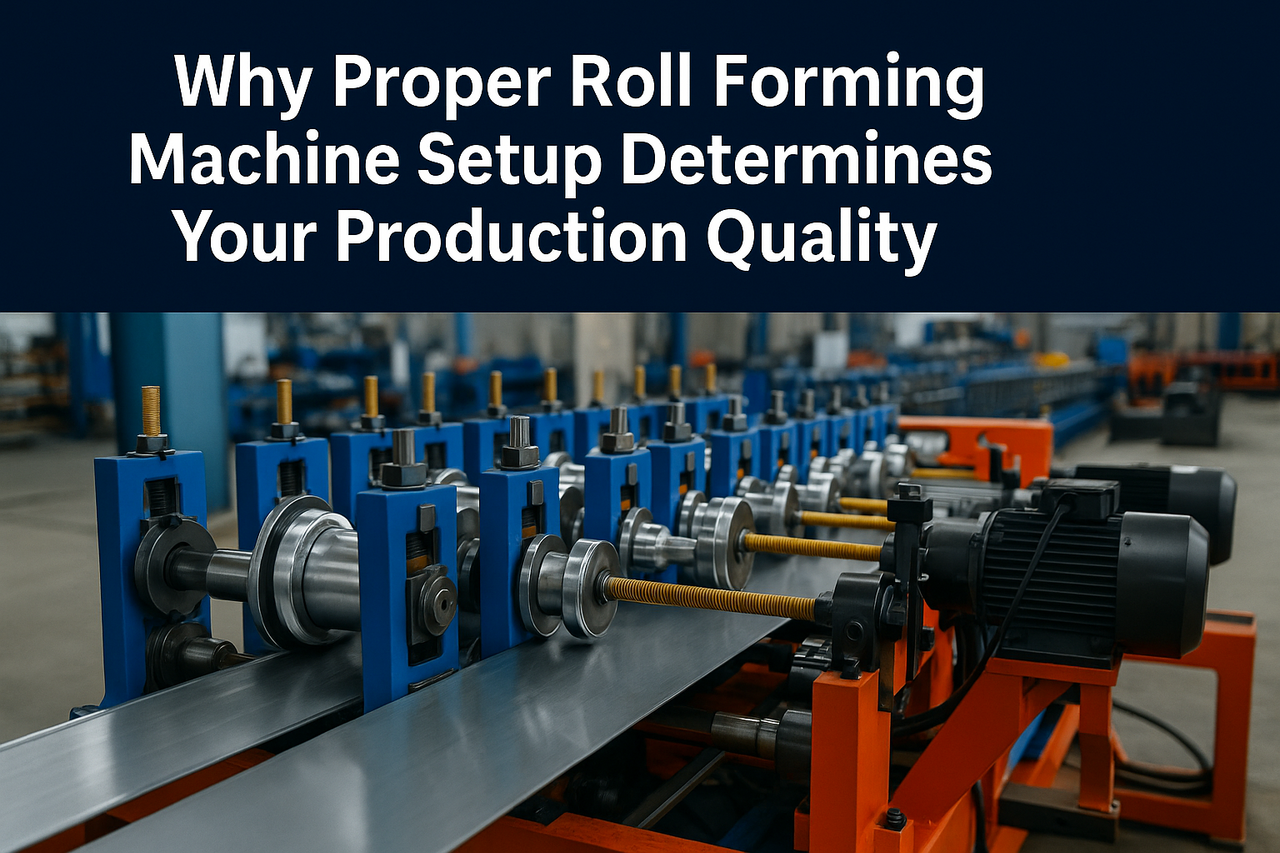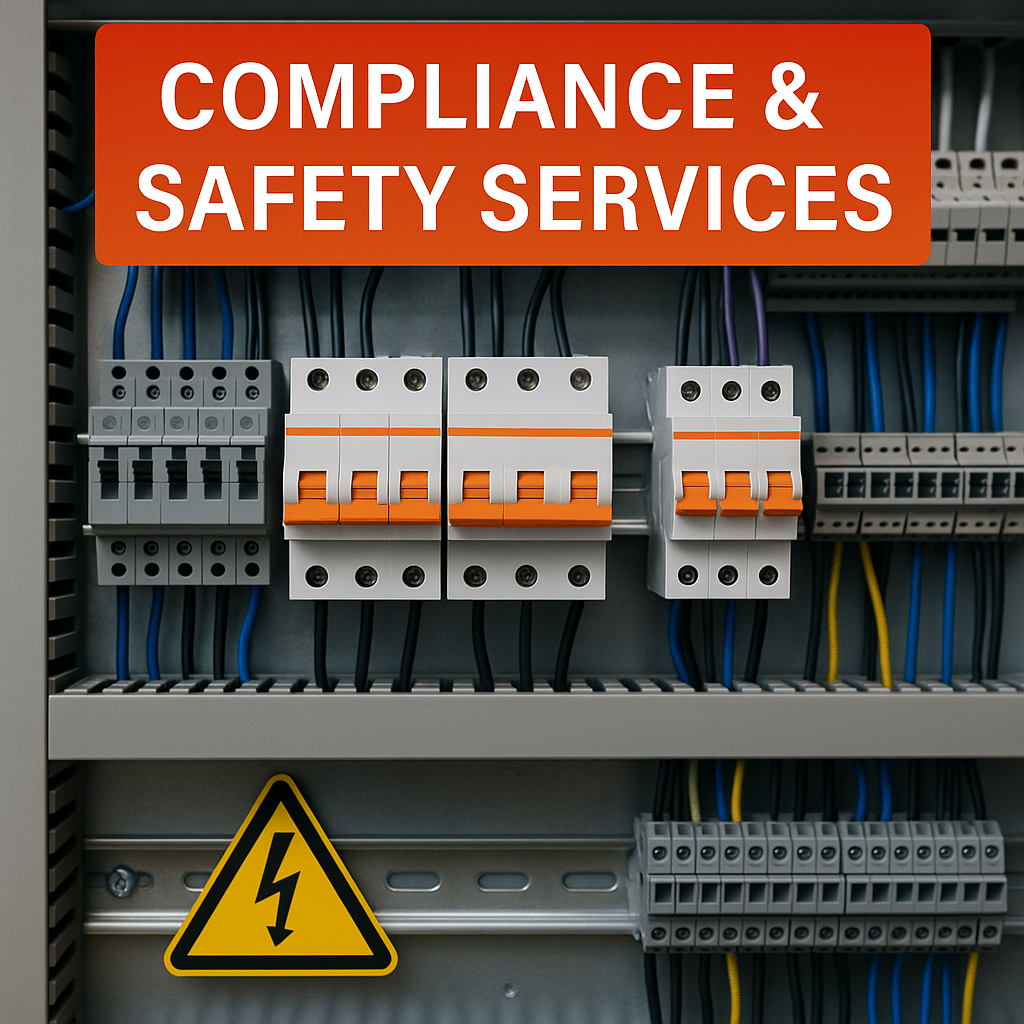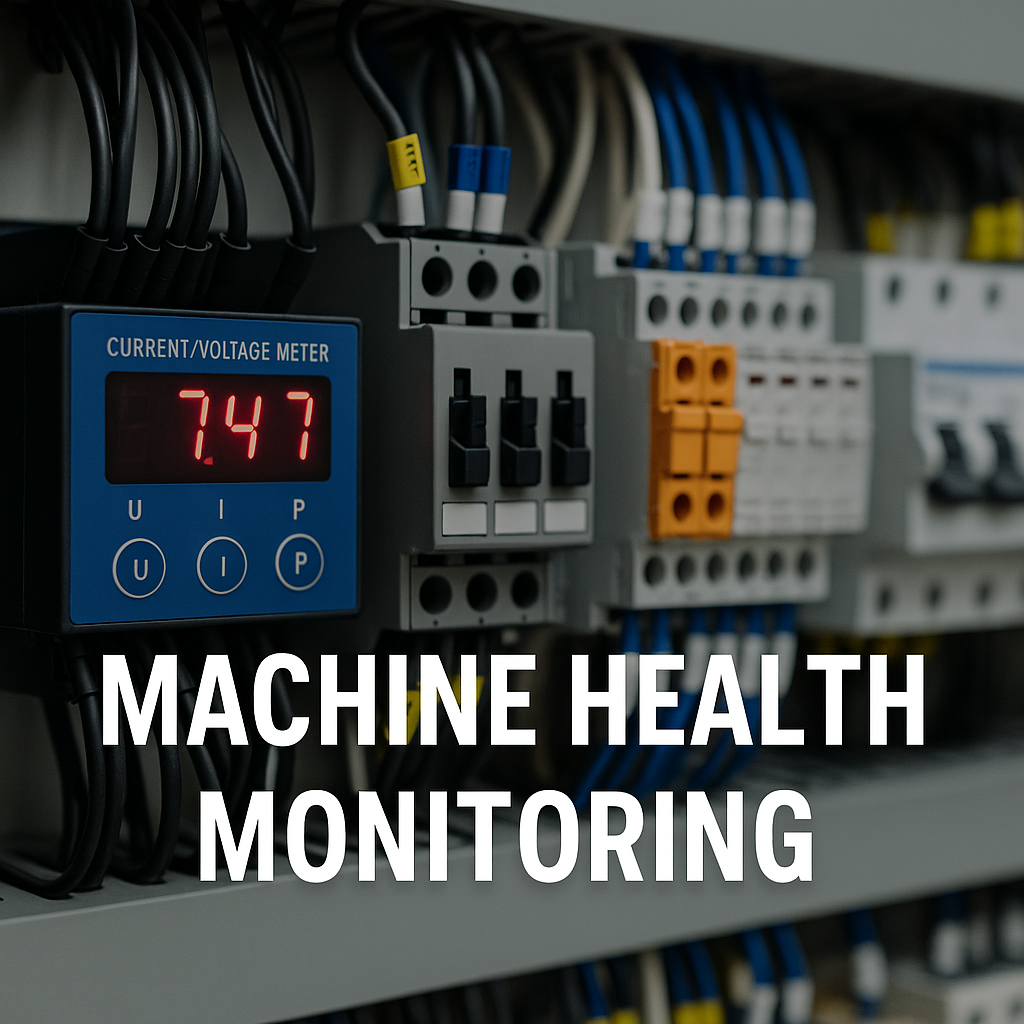
Posted on Saturday, September 28, 2024
A Slitter Technician is responsible for operating and maintaining slitting machines, which are used to cut large rolls of material (usually metal, plastic, or paper) into narrower strips. Here’s an overview of the Slitter Technician job:
If you’re interested in this position, experience working in a manufacturing or machine operation setting would be beneficial, and having mechanical aptitude will set you up for success.

Flying Shear Setup: Why It’s the Hardest Part of Roll Forming Machine Installation
Posted on Monday, November 24, 2025
If you want a header image, meta description, or series continuation, just tell me.

Why Proper Roll Forming Machine Setup Determines Your Production Quality
Posted on Monday, November 24, 2025
The #1 factor that decides accuracy, scrap rate, speed, and consistency.

Compliance & Safety Services for Roll Forming Machines — Full Guide
Posted on Sunday, November 23, 2025
How Machine Matcher keeps your machines safe, legal, and fully compliant with CE, UL, and UKCA standards.

Machine Health Monitoring for Roll Forming Machines — Complete Diagnostic Service Guide
Posted on Sunday, November 23, 2025
Continuous diagnostics that prevent breakdowns, reduce downtime, and extend machine life.
Copyright 2025 © Machine Matcher.